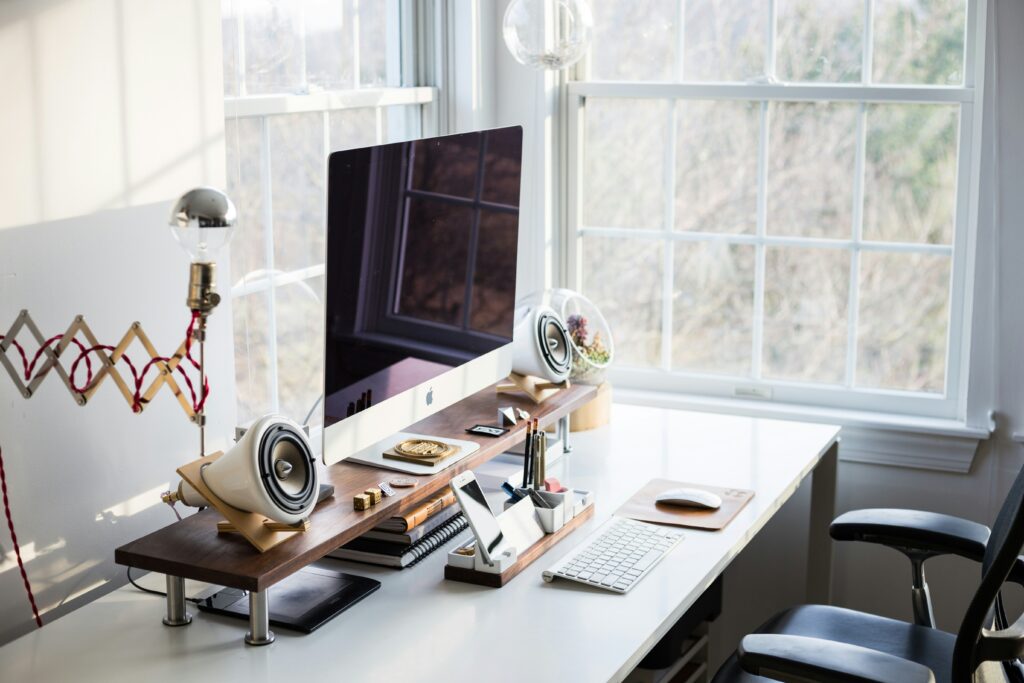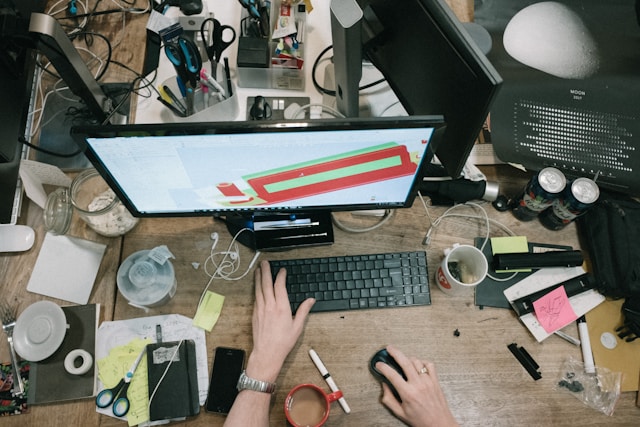In Path of Exile 2, the ground is littered with chaos. Every enemy drops gear, scrolls, orbs, and garbage. If you tried to pick up everything, you’d run out of space in minutes. That’s why players use loot filters smart tools that highlight what matters and hide what doesn’t.
If you’re interested in something that doesn’t eat up inventory slots but is always helpful, check out this website.
Now imagine if you had a loot filter for your apartment!
Well… here it is. This guide shows you exactly how to use POE2’s loot logic to declutter your home step by step.
Step 1: Learn the Loot System
First, the basics. A POE2 Filter applies a rarity color to every item:
- White: Common junk. Usually not worth touching.
- Blue: Slightly better. Might help. Probably won’t.
- Yellow: Valuable, but needs attention and tuning.
- Orange: Weird, powerful, irreplaceable.
A good loot filter color-codes your world so you can act fast. White gets hidden. Blue gets questioned. Yellow gets examined. Orange gets protected.
Let’s do that with your stuff.
Step 2: White Items = Immediate Drops
White-tier stuff is the clutter you already know you don’t need—but still keep “just in case.”
Examples:
- Pens that don’t work
- Tech cables with mystery ends
- Swag bags, loyalty cards, expired coupons
- Random instruction manuals from appliances you no longer own
- That mystery key you’ve kept for five years
- Chargers for devices you no longer have
- Plastic lids with no matching containers
- Single socks waiting for partners that won’t return
Action: Get rid of it. No second chances. If it’s broken, outdated, duplicated, or unidentifiable, drop it like a rusty dagger.
Bonus Rule: If you wouldn’t pick it up off the ground today, don’t keep it in your house tomorrow.
Step 3: Blue Items = Review with Skepticism
Blue-tier items trick you into thinking they’re useful. They’re not always junk—but they aren’t essential either.
Examples:
- A gadget you used once
- Books you think you should read
- Gifts you never liked but feel guilty about
- The “maybe someday” hobby supplies
- Kitchen tools that seemed smart at the time (looking at you, avocado slicer)
- Trendy storage boxes filled with… other storage boxes
- Decorative items you never actually liked but kept for the vibe
Action: Create a 30-day box. Store blue items in it. If you don’t use them within a month, out they go.
This is your physical loot filter doing its job: hiding the noise so the good stuff shines.
Step 4: Yellow Items = Refine and Use
Yellow-tier items are high-potential—but only if you engage with them.
Examples:
- Your DSLR camera
- That expensive blender
- A killer outfit you keep saving for “the right day”
- A great set of tools that live in the garage, untouched
- Workout gear that’s too good to ignore—but easy to forget
- Cookbooks with two favorite recipes—buried under ten others
Action: Put them to work. Clean, repair, or upgrade them. Make them accessible. If something takes up space, it needs to earn its keep.
Pro tip: The longer you don’t use a yellow item, the closer it slides into blue territory.
Bonus move: Use your yellow-tier stuff in the next 48 hours. If it feels amazing, promote it. If not, demote it.
Step 5: Orange Items = Build Around These
Unique-tier items aren’t always practical but they are you.
Examples:
- Your favorite worn-out hoodie
- A childhood photo you love
- A handmade mug that makes your morning
- A notebook full of sketches or writing
- That one lamp that makes the room feel right
- A handmade gift that still makes you smile
- A signed vinyl, vintage board game, or souvenir that actually means something
Action: Don’t stash them in the back of a drawer. Display them. Protect them. Make them visible.
These are the things you’d take with you if you had five minutes to evacuate. Treat them like it.
Step 6: Apply Slot Logic
POE2 is about slot management. You can’t carry everything.
You have 60 slots. And if you mismanage, you get slot pressure. We won’t force you to only own 60 items although Marie Kondo might cheer from the sidelines. Just be more mindful.
Set a soft cap for your space. For example:
- 10 hangers for jackets
- 1 shelf for mugs
- 1 box for tech cables
- A drawer per category (not per random impulse)
- A single hook for your go-to bag—not six backups you never touch
If something new comes in, something old has to go. No exceptions.
Protect your storage like you protect your inventory.
Step 7: Build Your Filter Rules
In-game, filters work because they’re ruthless. You can do the same at home.
Set personal rules that fit your playstyle:
- Hide whites: donate, recycle, toss.
- Flag blues: review monthly, set a shelf limit.
- Highlight yellows: keep visible, in rotation.
- Showcase oranges: design around them.
Need inspiration? Try this: “If it’s not worth bending down for in real life, why is it worth dusting?”
Every object has to pass the filter. If it doesn’t? Vendor it.
Step 8: Filter Continuously
Loot never stops dropping. Neither does household clutter.
This isn’t a one-time purge. It’s a passive skill you upgrade over time.
- Review weekly: Pick one drawer, shelf, or basket.
- Filter by zone: Kitchen, closet, entryway, workspace.
- Upgrade your stash: Label bins. Use dividers. Make essentials easy to find.
- Respec as needed: What was orange in 2018 might be white now.
- Audit the backups: Do you need three can openers? Four tote bags? Eight bath towels for one person?
Consistency beats intensity. One filter pass a week keeps the junk boss at bay.
Final Word: You’re Not a Hoarder, You’re Just Playing Without a Filter
If your home feels heavy or chaotic, it’s not because you’re bad at organizing. It’s because you’re trying to carry every item drop.
Use POE2’s system to train your eyes and hands:
- White = drop fast
- Blue = question hard
- Yellow = commit or clear
- Orange = protect at all costs
Your shelves, drawers, and closets only have so many slots.
Fill them with gear that’s actually worth equipping.
And if it’s not useful, beautiful, or you’d save it in a fire it’s not orange. It’s noise.
Still holding onto that blue-tier mobile phone from 2019? Time to recycle it.




